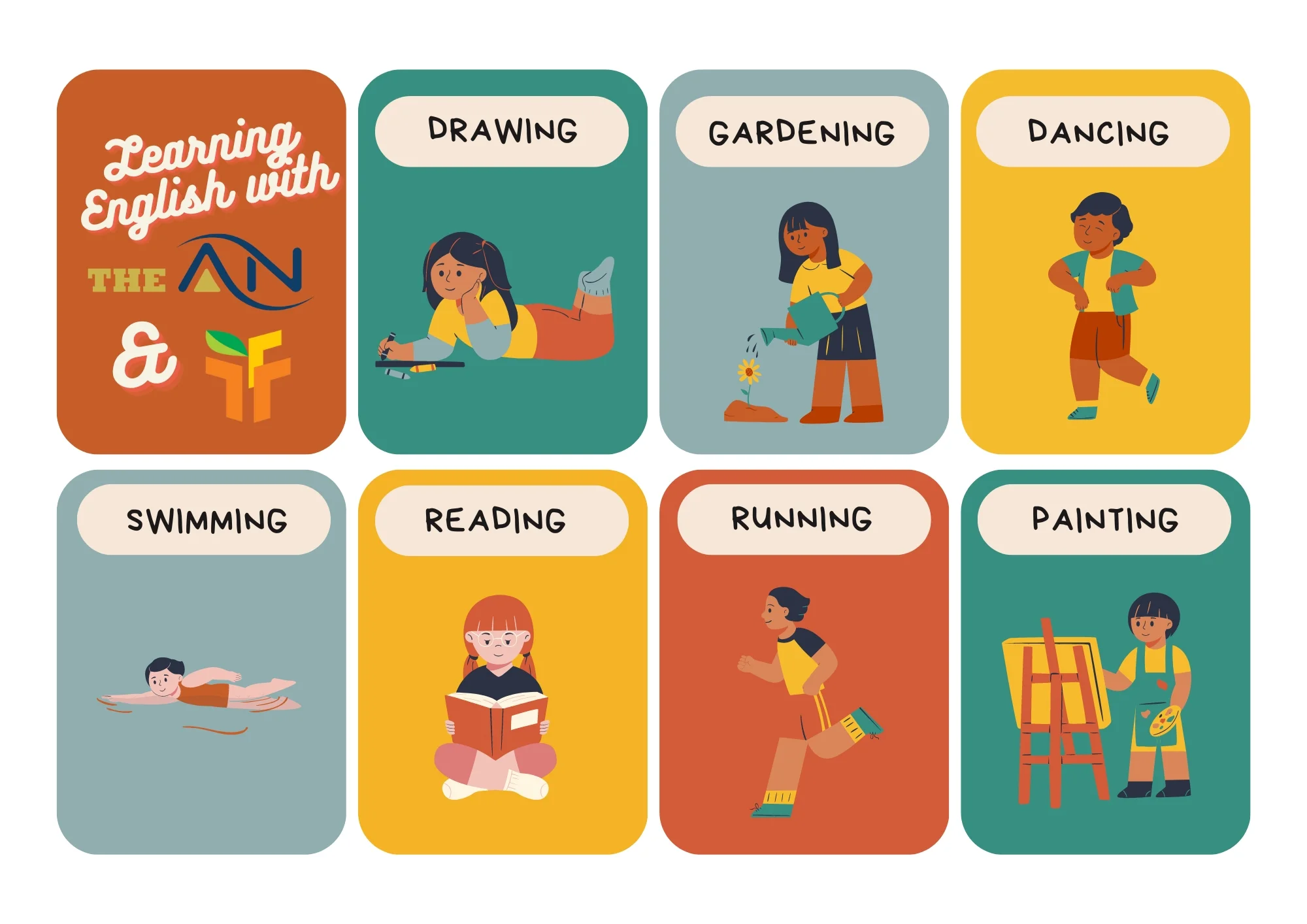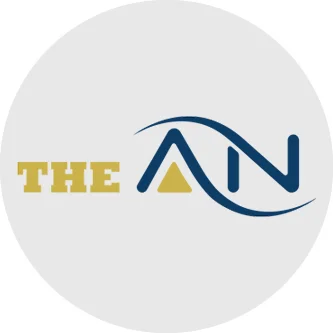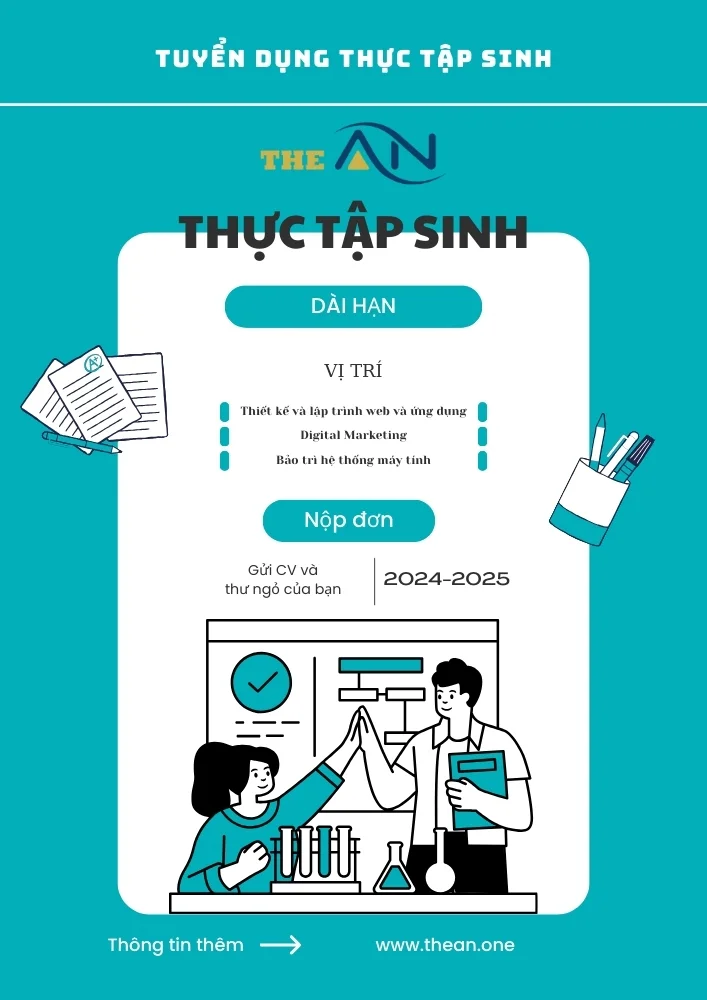Common Noun – Definition, Examples, List & Usage

What is a common noun? and what is the difference between common nouns and proper nouns? You must have this question in your mind. In this article, we will explore more about common nouns and get to know about the differences between a common and proper noun.
Table of Content
- What is a Common Noun?
- List of Common Nouns
- Common Nouns Examples Used in Sentences
- Difference Between Common Nound and Proper Noun
- FAQs on Common Nouns
What is a Common Noun?
A Noun is a term that refers to a person, animal, place, thing, or idea. All nouns may also be categorized as proper nouns or common nouns.
“Common nouns are words that are used to name broad-sense objects instead of specific things.” Common Noun refers to a general term for a person, place, or thing in a class or in a group. In contrast to proper nouns, common nouns are not tried to capitalize unless they initiate a sentence or that seem in a headline. Common nouns can be constructive (sensible), collective (referring to a category or cluster), or nebulous (that included broad qualities or ideas).
List of Common Nouns
Let’s understand the common noun with some examples. Here is the list of some common nouns with the relations they belong to.
Related to Human Beings:
- Man
- Women
- Child
- Boy
- Girl
- Citizen
- Individual
- Life
- Student
- Businesswomen
Related to Animals:
- Cow
- Kitten
- Goat
- Dog
- Deer
- Donkey
- Elephant
- Horse
- Lion
- Buffalo
Related to Insects:
- Mosquito
- Honeybees
- Ant
- Beetle
- Butterfly
- Grasshopper
- Earthworm
- Ladybug
- Dragonfly
- Cicada
Related to Place:
- Railway station
- Junction
- Airport
- Bus Stand
- Clinic
- Park
- Garden
- Riverbank
- Beach
- Jungle
Related to object/things:
- Bike
- Shoes
- Bottle
- Pencil
- Mango
- Car
- iPod
- Mobile
- Newspaper
- Cosmetic
Examples of common nouns:
- Girl
- Chocolate
- Elephant
- Donkey
- Animal
- Dove
- Bird
- Book
- Carrot
- Shirt
Common Nouns Examples Used in Sentences
- My Car is brand new.
- I felt sick yesterday, so I skipped school.
- I was shown images of you as a baby by your mother.
- Give me the novel of Prem Chandra.
- We will go to the park tomorrow.
- He was deeply involved in his computer because of his work.
- My favorite toy is lost.
- My niece is like her mother in looks.
- The water of river Gomati is being polluted.
Difference Between Common Nound and Proper Noun
Contrasting common nouns with proper nouns helps to define them. Accordingly, all nouns fall into one of two categories: common or proper, albeit the same noun might serve as both in various circumstances.
- Common Nouns are broad; they typically refer to groups of objects, persons, and locations rather than specific ones. They can be changed by articles, determiners, and adjectives, and are only capitalized at the beginning of a sentence.
- Proper Nouns are the names of certain people, objects, locations, businesses, etc. They are often not modified by articles, determiners, or adjectives, and they are always capitalized.
| Common Noun | Proper Noun |
|---|---|
| Country | India |
| River | Saraswati |
| Festival | Diwali |
| Animal | Elephant |
| Bird | Sparrow |
| Car | Maruti Suzuki |
| Tree | Banyan tree |
| Mountain | Himalaya |
| Flower | Marigold |
To learn about nouns, pronouns, verbs, and more, explore our language articles for detailed explanations and examples.
Nouns & pronouns
- Collective nouns
- Rules of Noun In English Grammar
- Personal pronouns
- Uncountable nouns
- Countable nouns
- Proper nouns
Verbs
- What is a Verb?
- Main Verbs
- Verb Forms
- Helping Verb
- Action Verbs
- Stative Verbs
- Auxiliary Verbs
- What are Irregular Verbs?
- Verb vs. Adverbs
- What is Linking Verb?
- What Are Modal Verbs?
- Modal Verbs
- Active vs passive voice
- Subject-verb agreement
Other
- English Grammar
- Determiners
- Prepositions
- Interjections
- Adjectives
FAQs on Common Nouns
A common noun is a noun that names an idea or denotes a certain kind of person, thing, or location. Contrary to proper nouns, which are usually capitalized, common nouns are not capitalized unless they are the first words of a sentence.
A common noun is one that doesn’t refer to any specific. As a byproduct, a common noun would be any individual, place, or thing, but not the precise names of those individuals, places, or things. Nouns that are not proper nouns are not capitalized (unless they start a sentence).
Girl, Child, Elephant, Donkey, Animal, Dove, Bird, Car, Carrot, Shirt. These words are the example of common noun that used on daily basis.
A Common Noun is capitalized only when they start a sentence or appear in a title.
Common Nouns are universal because they name classes of individual things and places instead of any specific thing.
Proper nouns and common nouns are strongly connected. The easiest way to comprehend the relationship between proper and common nouns is to recognize proper nouns as particular examples of common nouns
Common nouns can become proper nouns when they are used to refer to specific, unique entities, individuals, places, or things. Here are some examples:
- river (common noun) -> Mississippi River (proper noun)
- city (common noun) -> New York City (proper noun)
- country (common noun) -> Canada (proper noun)
- month (common noun) -> January (proper noun)
- animal (common noun) -> Lassie (proper noun, referring to a famous dog)
- person (common noun) -> John Smith (proper noun)
- restaurant (common noun) -> McDonald’s (proper noun, a specific chain)
- book (common noun) -> To Kill a Mockingbird (proper noun, a specific title)
- mountain (common noun) -> Mount Everest (proper noun)
- car (common noun) -> Ford Mustang (proper noun, a specific make and model)
In each of these examples, the common noun is capitalized and specified to refer to a particular, unique entity, which turns it into a proper noun.
Academic concepts often start as common nouns but can become proper nouns when they are specific and well-defined within a particular academic field or context. Here are some examples:
- chemistry (common noun) -> Organic Chemistry (proper noun)
- biology (common noun) -> Evolutionary Biology (proper noun)
- economics (common noun) -> Keynesian Economics (proper noun)
- philosophy (common noun) -> Existentialism (proper noun)
- mathematics (common noun) -> Algebra (proper noun)
- psychology (common noun) -> Behaviorism (proper noun)
- history (common noun) -> Ancient History (proper noun)
- literature (common noun) -> Romanticism (proper noun)
- sociology (common noun) -> Social Stratification (proper noun)
- physics (common noun) -> Quantum Mechanics (proper noun)
In each of these examples, the common noun represents a broader field of study, while the proper noun specifies a particular subfield, theory, or concept within that academic discipline. These proper nouns help identify and differentiate specific areas of study within the broader academic context.
Quý anh/chị đang tìm kiếm một doanh nghiệp uy tín cung cấp dịch vụ Công Nghệ Thông Tin như Thiết kế và lập trình website, Digital Marketing, hoặc dịch vụ Bảo trì và chăm sóc hệ thống máy tính, ...? Đừng ngần ngại hãy liên hệ với The ÂN qua số điện thoại (+84).326.418.478 để được tư vấn cụ thể, hoặc liên hệ qua mẫu tin.
Các thông tin nổi bật khác:









